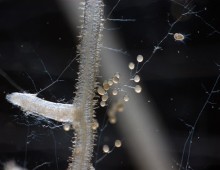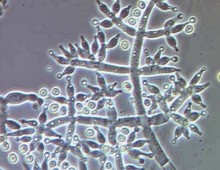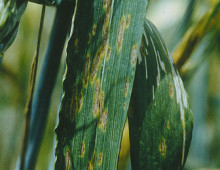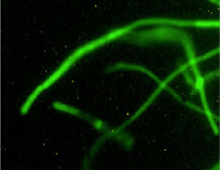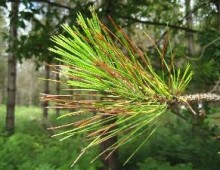Fungi and plants working hand-in-hand
Genomic analysis of an ancient companion of plants shows expanded genes for phosphorus fixation and cell-to-cell communication The Science: More than two thirds of the world’s plants depend on arbuscular mycorrhizal fungi (AMF, also called glomeromycota) because of their ability to fix phosphorus. By analyzing the genome of one AMF, Rhizophagus irregularis (formerly Glomus intraradices),… [Read More]
